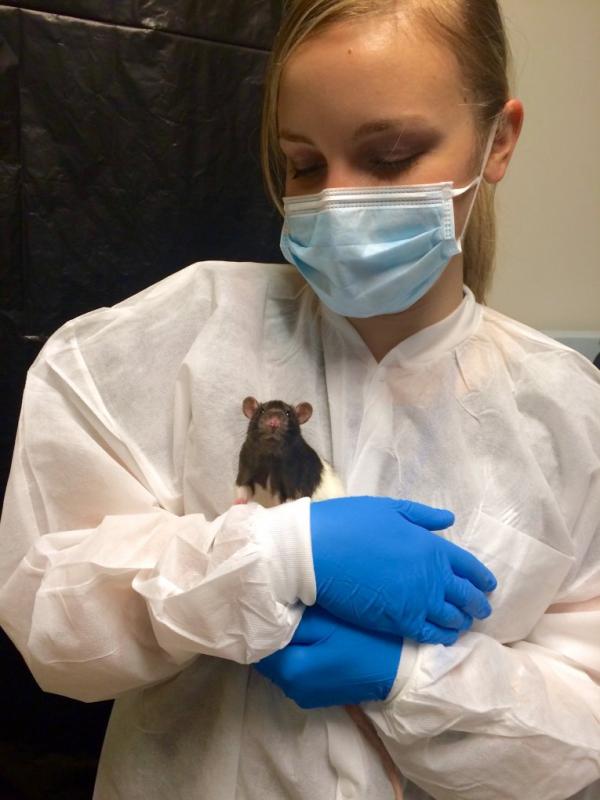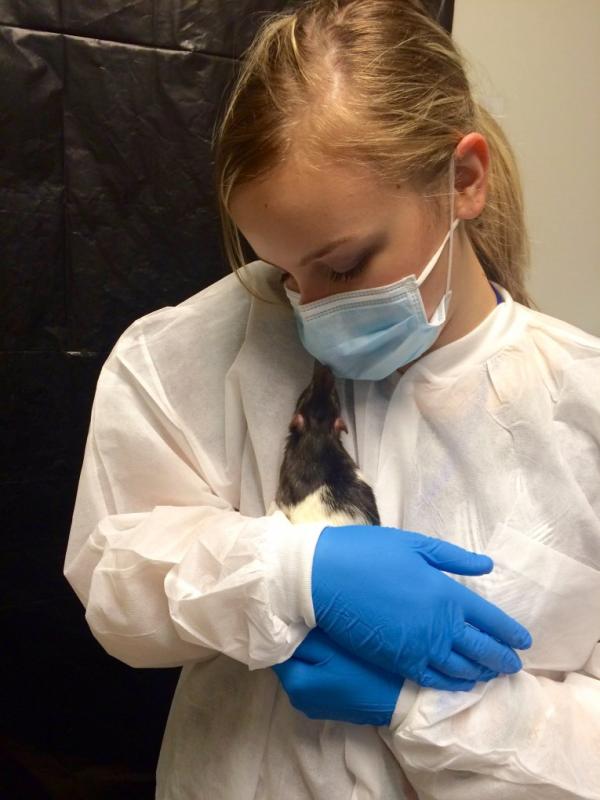How I Joined the Rat Race
In college, a common student icebreaker is a game called “two truths and a lie.” As you might know, the game works by each person presenting three “facts” about themselves. The rest of the group must then sniff out the lie hidden in these “facts.” A lucid memory of playing this game stands out for me: a very sweet and quiet friend had written down her three “facts,” one of which was that she had “fancy rats” for pets. A visceral reaction immediately went off in me: rats? Fancy? I couldn’t understand how my docile friend could tolerate rats at all, much less “pet” rats. Surely, that must have been the lie, right?

I was wrong. According to my friend, rats could be fantastic pets! Although I objected to the idea of my friend having rodents for pets, this was totally normal for her. From that moment on, I looked at my friend with the uncharitable judgment that she was somehow weird for defending the idea of having pet rats. That may sound extreme, and it is, because I was holding onto a very strong aversion to anything rodent-related.
Fast-forward a few years, and I am now happily working at the NIH in a position where rats are an integral part of what I do. Now, I consider rats a very normal part of my job. How did I get to this point? As you can guess, working with rats was initially a daunting prospect to me, but I was excited for the new challenge. My mentor encouraged me that rats were not only not terrifying, but actually very cuddly, fun, and pleasant. With some trepidation, I made my way to my first rat handling session and discovered something shocking: rats are actually not that bad. In fact, they may even be kind of cute, curious, and potentially good pets. They reminded me of interacting with my cat, but a lot nicer.
My discovery was extremely good news for my job, in that I became comfortable with the animals I needed to be working with and can now confidently take part in important animal research. Before I continue with my story, it is important to ask why animal research is important, or even necessary. The reasons are many, but can be broken down into some broad categories. The mission of the NIH is ultimately to improve human health. To do so, living systems must be understood so that appropriate medical interventions and treatments can be developed and used. One of the best methods for understanding how living systems function is to study those living systems themselves, including people participating in clinical trials. However, what can be studied in humans is inherently limited. Therefore, to learn how disease and normal physiology functions, rats and other animals serve as models of humans. What is studied in these animals is ultimately used to inform understandings of human health.

Another reason rats are helpful in understanding living systems and human health is that their life spans are much shorter than a person’s. To track one person’s health and all related variables for his or her entire life in detail is extremely logistically difficult and expensive. On the other hand, animals can be studied in detail from the beginning of their lives all the way to the end. Rats provide necessary longitudinal studies for disease.
Additionally, rodents are helpful because researchers are able to perform genetic and molecular tests with them in order to pinpoint how specific genes or proteins function. These tests can help elucidate the purpose of molecules in the life and health of animals and, ultimately, in people. Such tests are generally not feasible or ethical to perform in humans. Therefore, these animals provide a method by which understanding about disease and body systems can be gained without compromising human health.
The reasons I’ve outlined here help explain why I am grateful to now be comfortable working with rats so that I can contribute to research that is needed and helpful to those who are suffering from chronic pain and other diseases.
Related Blog Posts
This page was last updated on Monday, January 29, 2024
